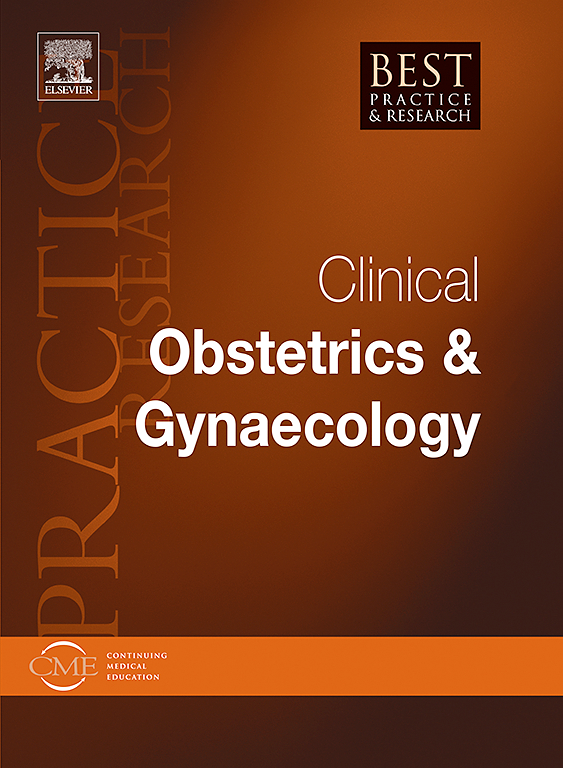我们真的能保护卵巢免受化疗的伤害吗?
IF 4.1
2区 医学
Q1 OBSTETRICS & GYNECOLOGY
Best Practice & Research Clinical Obstetrics & Gynaecology
Pub Date : 2025-03-01
DOI:10.1016/j.bpobgyn.2025.102603
引用次数: 0
摘要
未来替代目前的生育能力保存方法,如药物策略,以防止化疗引起的卵巢损伤的女性癌症患者的兴趣越来越大。化疗药物,尤其是烷基化药物,会导致卵巢卵泡DNA损伤和细胞凋亡,显著降低卵巢储备。为了减轻这种促性腺毒性,人们正在探索各种新兴策略,包括激酶抑制剂、PI3K/Akt/mTOR途径抑制剂、抗氧化剂、mirna和GnRH激动剂。这些治疗通过防止毛囊细胞凋亡或原始毛囊过度激活而起作用。尽管在体外和体内啮齿类动物模型中已经观察到有希望的结果,但需要进一步的研究来绕过其局限性,以确认其有效性和安全性。这些挑战包括化疗的抗肿瘤作用不受干扰,以及卵子保护剂对卵巢的特异性。本文章由计算机程序翻译,如有差异,请以英文原文为准。
Can we really protect the ovary from chemotherapy damage?
Future alternatives to current fertility preservation methods such as pharmacological strategies to prevent chemotherapy-induced ovarian damage in female cancer patients are of growing interest. Chemotherapeutic agents, especially alkylating agents, cause DNA damage and apoptosis in ovarian follicles, significantly reducing ovarian reserve. To mitigate this gonadotoxicity, various emerging strategies are being explored, including kinase inhibitors, PI3K/Akt/mTOR pathway inhibitors, antioxidants, miRNAs and GnRH agonists. These treatments work by preventing follicular apoptosis or excessive activation of primordial follicles. Although promising results have been observed in vitro and in vivo in rodent models, further investigations to bypass their limitations are needed to confirm their efficacy and safety. These challenges include the non-interference with anti-tumoral effect of chemotherapy and the specificity of fertoprotective agents to ovaries.
求助全文
通过发布文献求助,成功后即可免费获取论文全文。
去求助
来源期刊
CiteScore
9.40
自引率
1.80%
发文量
113
审稿时长
54 days
期刊介绍:
In practical paperback format, each 200 page topic-based issue of Best Practice & Research Clinical Obstetrics & Gynaecology will provide a comprehensive review of current clinical practice and thinking within the specialties of obstetrics and gynaecology.
All chapters take the form of practical, evidence-based reviews that seek to address key clinical issues of diagnosis, treatment and patient management.
Each issue follows a problem-orientated approach that focuses on the key questions to be addressed, clearly defining what is known and not known. Management will be described in practical terms so that it can be applied to the individual patient.

 求助内容:
求助内容: 应助结果提醒方式:
应助结果提醒方式:


